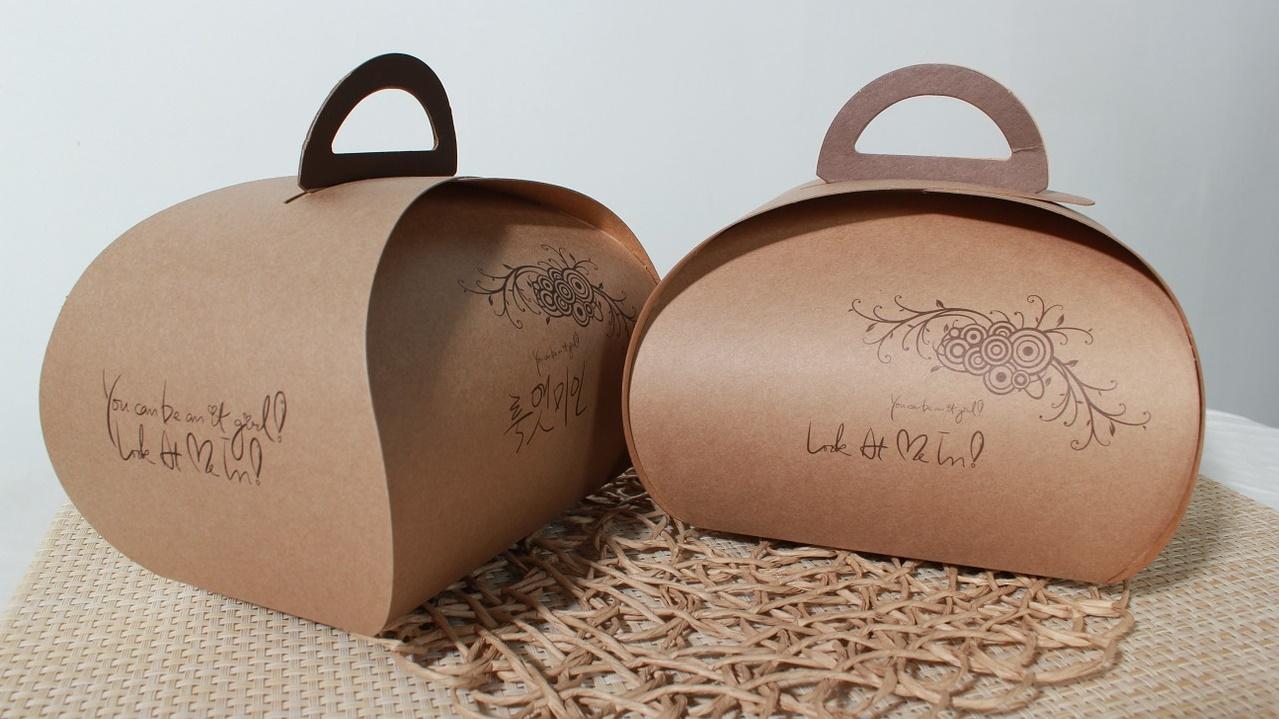
In the last few years, a lot of traditional brick-and-mortar companies have gone extinct. Most businesses offer their products and services exclusively online. But this transition hasn’t been smooth for everyone. Companies are struggling with numerous aspects of online business, from digital marketing to using the Shopify platform and packaging products.
Proper packaging is especially tricky. It is one of those things that are often neglected. You are happy that you’ve made a sale and that the payment is processed, only to make a shipping mistake that will not only cost you profits but also damage the product.
To avoid making these mistakes again, I will share 4 tricks for good product packaging.
Think about the materials
Aside from having the right skills, you need to have the right materials. Companies often skim on small items such as wire buckles for strapping, which would ultimately cause damage during transport.
The required materials can be placed in 3 categories: outer packaging, fillers and cushions, and sealing tapes. Keep in mind that your optimal material will vary based on what you’re transporting. In that regard, you should learn what the competition is using and try to replicate their process.
4 Tricks for Good Product Packaging
Although there are some variations, here are 4 tricks that will work for most products:
1. Find the right material for a specific item
Even if you’re transporting a minor object, this item will go through several hands until it reaches its goal. Furthermore, it might be transported in several different vehicles. You will put the package in and out of the trucks, ships, and airplanes, all while the boxes will rub against each other. The friction alone can weaken the packaging material causing your box and also nearby boxes to rupture.
It is much better to invest in a resilient material than to constantly worry if the shipment will reach its destination. Here are some tips that will help you choose the right material:
- Logically, heavy products require more durable packaging. The manufacturer should provide additional information regarding the optimal box.
- Shape and size are other factors that can cause issues. Keep in mind that once you place a product inside of a box, there needs to be enough room for cushioning material that will protect the item from all sides.
- Locally, if you’re selling fragile or expensive items, you want to add an extra layer of protection.
While this might look like a small thing, the choice of material is crucial for any company. On one side, you don’t want to invest heavily in packaging if you don’t need it, and then again, you don’t want to deal with damaged goods.
2. Each item goes separately
You also need to consider how many items are inside the box. If you’re selling things such as clothes, this isn’t a big issue. But some other products might not withstand all the tumbling and will damage each other through friction.
Each one of them has to be wrapped separately. Additionally, make sure to add extra cushioning in the box so that the objects cannot move around. If an item is affected by water or dirt, you might want to wrap it in plastic bags.
3. Filling the boxes
Speaking of cushioning, it is very important for the items to be held in one place. Companies often make a mistake by putting too many objects in one box. Even if you have good cushioning, the box might get damaged due to stuffing, and things will start flying around.
The general rule of thumb is to have 2 inches of cushion between the box and between individual objects. You can use things such as airbags, foam, bubble wrap, and even cardboard inserts. If you wish to save some money, you might even add some cheaper material afterward, such as crumpled paper.
4. Seal the package properly
Depending on what kind of box you’re using, you will need a specific tape to seal it. In most cases, a 2-inch tape will do the trick, but this can vary depending on the size of the package. If you’re not sure which tape to use, you can always ask the manufacturers, as they usually know which product is ideal for a box of a certain size.
If you’re transporting shirts or some other light material, you might want to put them in a polyurethane bag which has its own closable strip. This kind of packaging leaves much less space for mistakes. If you can, avoid using strings or strips as they sometimes cause damage to machines or heavy packages.





